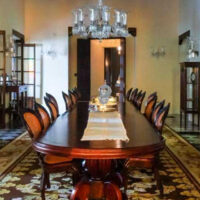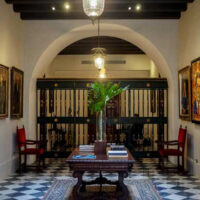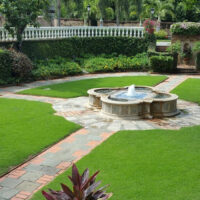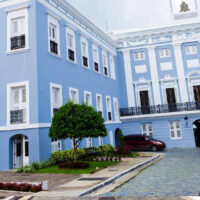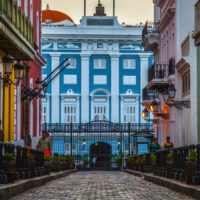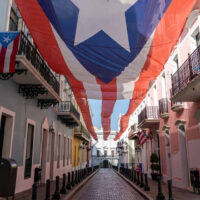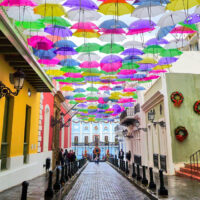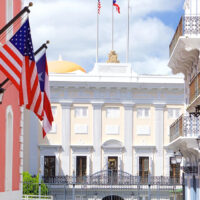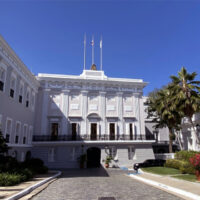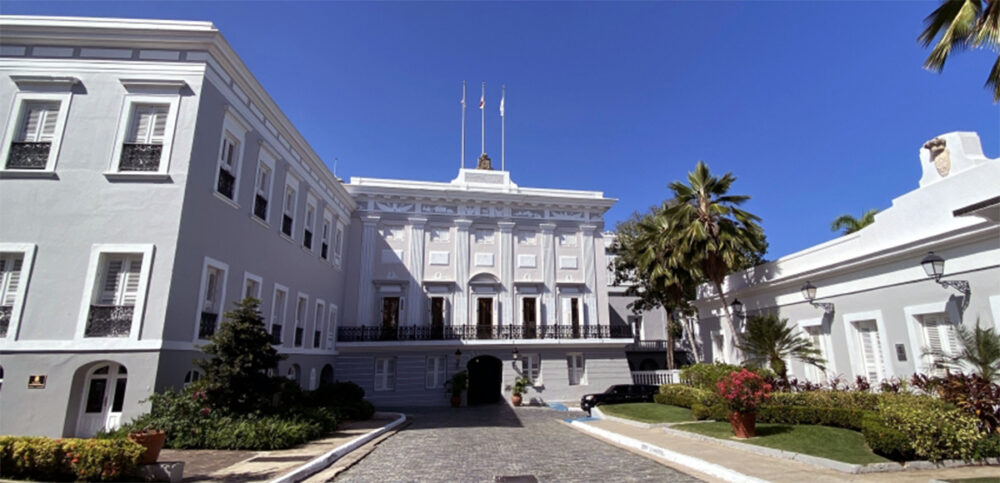
La Fortaleza “The Fortress”
San Juan, Puerto Rico
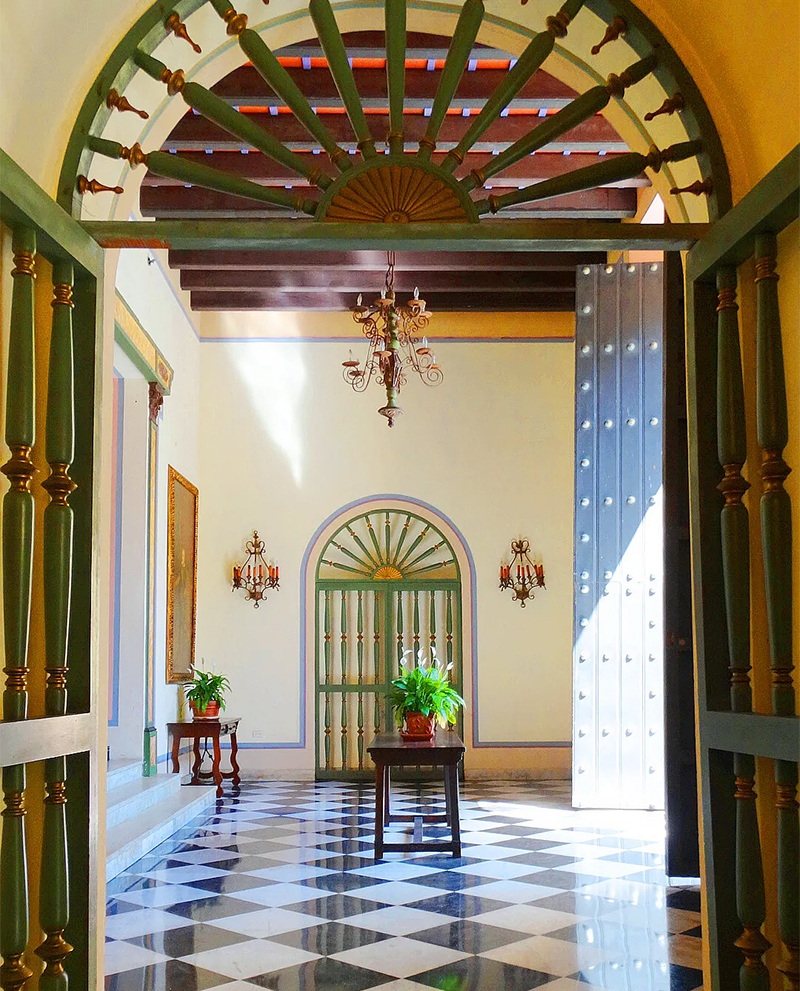
The Fortress, locally commonly known as “La Fortaleza”, is not only a striking architectural landmark but also a profound symbol of Puerto Rico’s history, political evolution, and cultural heritage. Situated in the heart of Old San Juan, Puerto Rico’s historic district, it is the oldest governor’s residence still in use in the Americas. Since its construction in the 16th century, La Fortaleza has played many pivotal roles, from its original purpose as a military stronghold to its present-day function as the official residence of the Governor of Puerto Rico.
This majestic building has witnessed the island’s transformation under Spanish rule, its struggles for independence, and its development as a commonwealth of the United States.
As a UNESCO World Heritage Site, La Fortaleza stands as an enduring reminder of Puerto Rico’s past and a testament to its vibrant culture. Visitors to the fortress experience not only its impressive architecture and beautiful gardens but also a deep connection to the island’s history and political heritage. Today, La Fortaleza continues to be a center of governance and a popular tourist destination, offering a unique glimpse into Puerto Rico’s colonial past and its ongoing role as a symbol of sovereignty.
History and Construction of La Fortaleza
La Fortaleza was built between 1533 and 1540 by order of King Charles V of Spain. The fortress’s primary purpose was to protect the port of San Juan, which was a key entry point for trade and communication between Spain and its New World colonies. The port was also vulnerable to attacks from pirates, corsairs, and foreign invaders. The original structure consisted of a circular tower and four stone walls. This tower, known as Torre del Homenaje (The Tower of Tribute), served as both a defensive mechanism and a symbol of Spanish authority over the island.
In the 17th century, two additional towers were added to enhance the fortress’s defensive capabilities. During the 18th century, an interior courtyard was built, transforming La Fortaleza from a purely military structure to a more multifunctional space. The courtyard, with its expansive open space, also allowed for improvements in the building’s comfort and livability.
By 1846, La Fortaleza’s role as a military stronghold began to shift. The building was remodeled to become the official residence of the governor of Puerto Rico. The remodel was designed by Fernando Trueba, a Spanish architect, who introduced neoclassical elements into the building’s architecture, marking the transition from its military function to its new purpose as the seat of governmental power.
Architectural Significance
The architectural structure of La Fortaleza is a blend of Spanish colonial, neoclassical, and art deco styles, reflecting Puerto Rico’s diverse cultural influences over the centuries. The building’s use of limestone and coral blocks in its construction ensures its resilience against both natural and man-made threats.
La Fortaleza is renowned for its historic and architectural significance. One of its most iconic features is the Torre del Homenaje, the original circular tower, which has withstood centuries of storms, battles, and other challenges. The tower remains a central part of the building’s structure, standing as a testament to the fortress’s enduring strength.
Inside, the building boasts 40 rooms, each reflecting different eras and design aesthetics. The neoclassical elements introduced by Trueba are evident in the ornate cornices, grand staircases, and elegant columns. In contrast, the later art deco style is reflected in some of the furniture, fixtures, and decorative elements within the residence. This combination of architectural styles offers a unique and visually rich experience for visitors.
La Fortaleza is also home to a large botanical garden, which has been carefully curated to include over 100 species of plants native to Puerto Rico. The garden offers a peaceful retreat and allows visitors to experience the island’s flora while learning about the historical significance of plants in Puerto Rican culture.
La Fortaleza as a Symbol of Sovereignty
La Fortaleza is not only a residence but a symbol of Puerto Rican sovereignty. The building has been the official home of 170 governors since its transformation in 1846. It continues to serve as the governor’s official residence today, a point of pride for the island’s residents.
Throughout its history, La Fortaleza has hosted numerous key political events. One of the most significant moments in the building’s history was the Grito de Lares, or the Declaration of Independence of Puerto Rico, which was signed in 1868. This event marked Puerto Rico’s desire for independence from Spanish rule and is considered a key turning point in the island’s history. The building’s association with Puerto Rico’s struggle for self-determination has cemented its importance as a national symbol.
La Fortaleza also played an essential role in Puerto Rico’s political evolution after becoming a U.S. territory in 1898. It has hosted many American and local leaders, further intertwining the fortress’s identity with the political changes that shaped the island’s governance throughout the 20th century and into the present day.
La Fortaleza’s Current Role
Today, La Fortaleza functions as both a governmental building and a tourist attraction. It remains the residence of the governor, who uses the second floor for official events and meetings, while the third floor serves as private living quarters. The building also hosts a number of official ceremonies and state functions, making it a hub of political and civic activity in Puerto Rico.
Visitors to La Fortaleza can explore the formal living quarters, which are beautifully furnished and feature historical artifacts that tell the story of Puerto Rico’s political and cultural evolution. Guided tours provide insight into the building’s history, as well as the cultural significance of its design and role in Puerto Rico’s government.
Interesting Facts About La Fortaleza
- Historic Construction Materials: La Fortaleza is constructed from limestone and coral blocks, materials that were readily available and provided a strong foundation for the fortress.
- Torre del Homenaje: The original circular tower, Torre del Homenaje, is still standing today. This tower served as the first line of defense for the fortress and has become one of Puerto Rico’s most enduring symbols.
- Expansive Interior: The building has 40 rooms, each showcasing different architectural styles, including Spanish colonial, neoclassical, and art deco elements. These rooms reflect the varied historical periods that shaped the building’s design.
- Botanical Garden: La Fortaleza is home to a botanical garden with over 100 species of plants native to Puerto Rico. The garden serves as a peaceful retreat and is a symbol of the island’s rich natural diversity.
- Historical Events: La Fortaleza has been the site of key historical moments, including the signing of the Declaration of Independence of Puerto Rico in 1868, an event that marked the island’s political aspirations and resistance to colonial rule.
- Symbol of Puerto Rican Sovereignty: La Fortaleza remains a powerful symbol of Puerto Rican sovereignty and has played a critical role in the island’s political and cultural life.
- Official Residence of Governors: It has been the official residence of 170 governors of Puerto Rico, providing a space for political leadership and decision-making for nearly two centuries.
La Fortaleza as a Tourist Destination
La Fortaleza is one of the most popular tourist destinations in San Juan, Puerto Rico. Visitors can take guided tours to learn about the history of the fortress, its role in Puerto Rican politics, and its architectural beauty. The tours include access to the formal and private living quarters, the botanical garden, and other areas of historical interest.
Although visitors aren’t permitted to roam the governor’s mansion at will, guided walking tours are offered Monday through Friday between 8:15 am and 3:30 pm. This 30-minute tour will cover the lush gardens and will venture inside the building when the government is not in session. Appropriate attire is required, and a photo ID is required for everyone 21 years of age or older. Parking is available on nearby streets, making it convenient for visitors to explore the historic site.
The building’s location within the heart of Old San Juan makes it an integral part of the city’s historical fabric. Visitors can also explore nearby landmarks, such as El Morro and San Cristóbal Castle, which together form a UNESCO World Heritage Site known as the San Juan National Historic Site. The area is known for its vibrant streets, colorful colonial architecture, and historical significance, making Old San Juan a must-visit destination for anyone interested in Puerto Rico’s culture and history.
Address and Map:
Physical address:
La Fortaleza
54 Calle Fortaleza
Edificio de la Real Audiencia
San Juan, PR, 00901
La Fortaleza stands as a monument to Puerto Rico's resilience and cultural heritage. From its military beginnings as a fortress to its current role as the official residence of the governor, La Fortaleza encapsulates the story of Puerto Rico’s political evolution and its ongoing journey toward sovereignty. Recognized by UNESCO and cherished by locals and visitors alike, it remains a vital symbol of Puerto Rico's identity and a must-visit destination for anyone seeking to understand the island’s past, present, and future.

